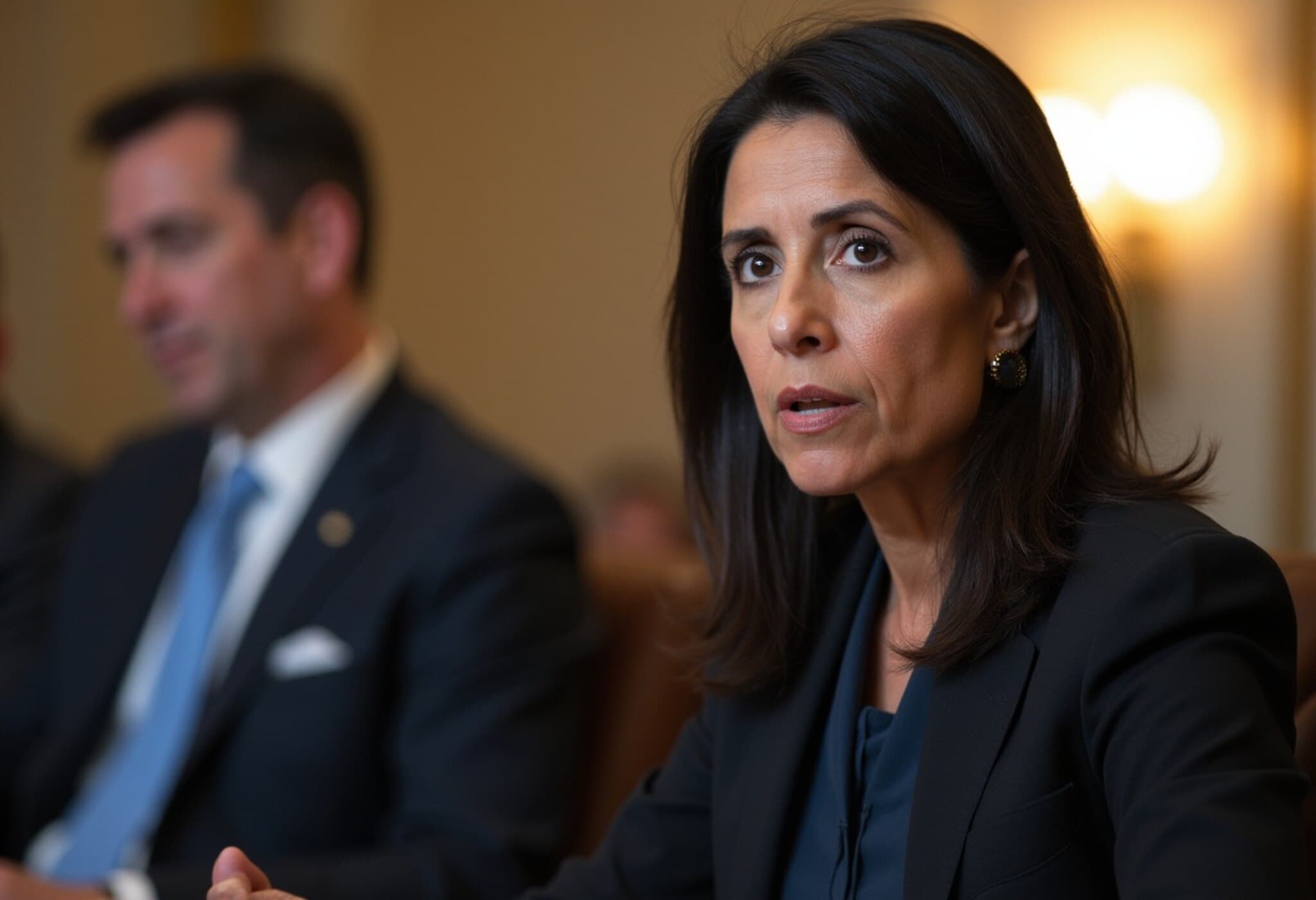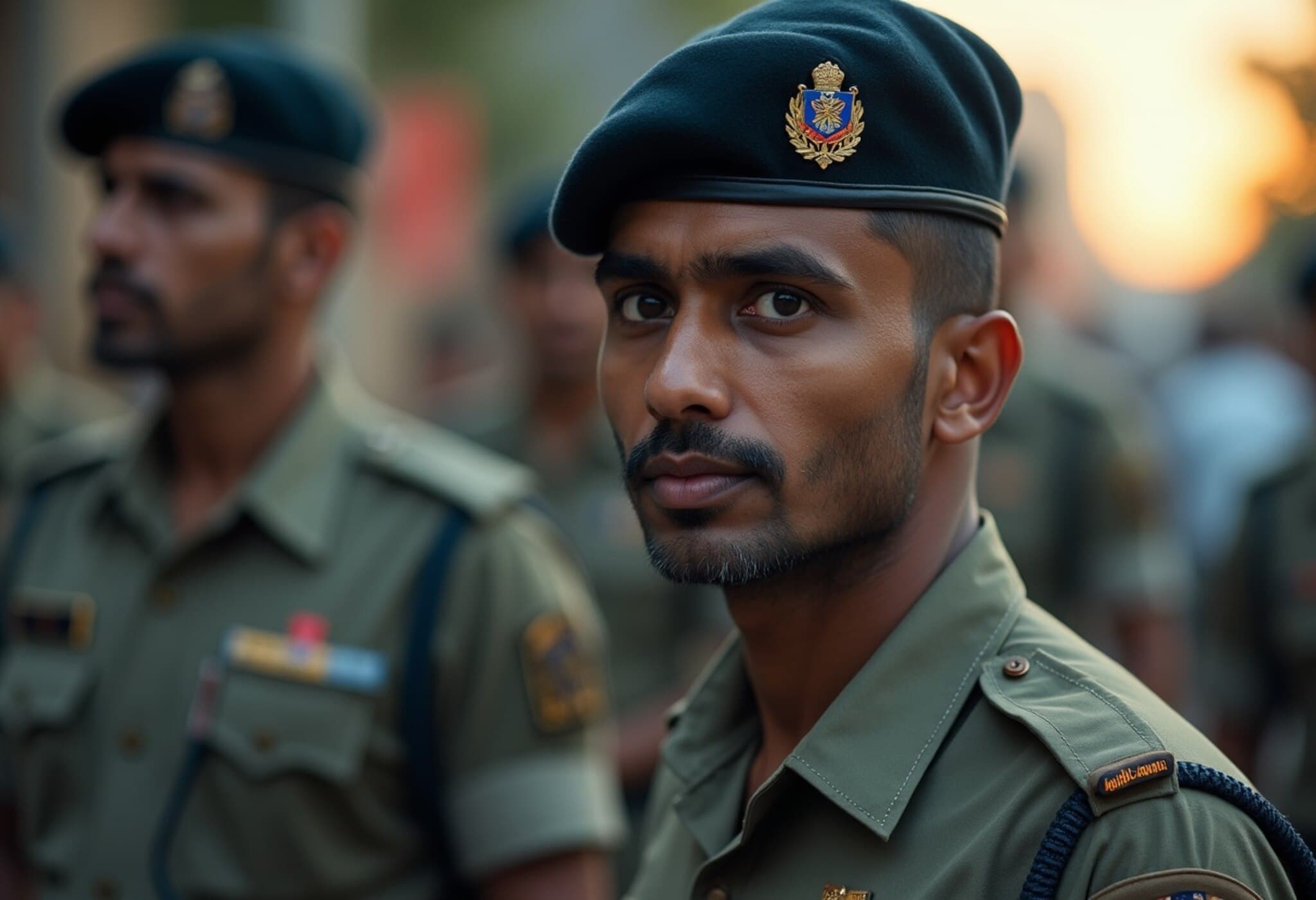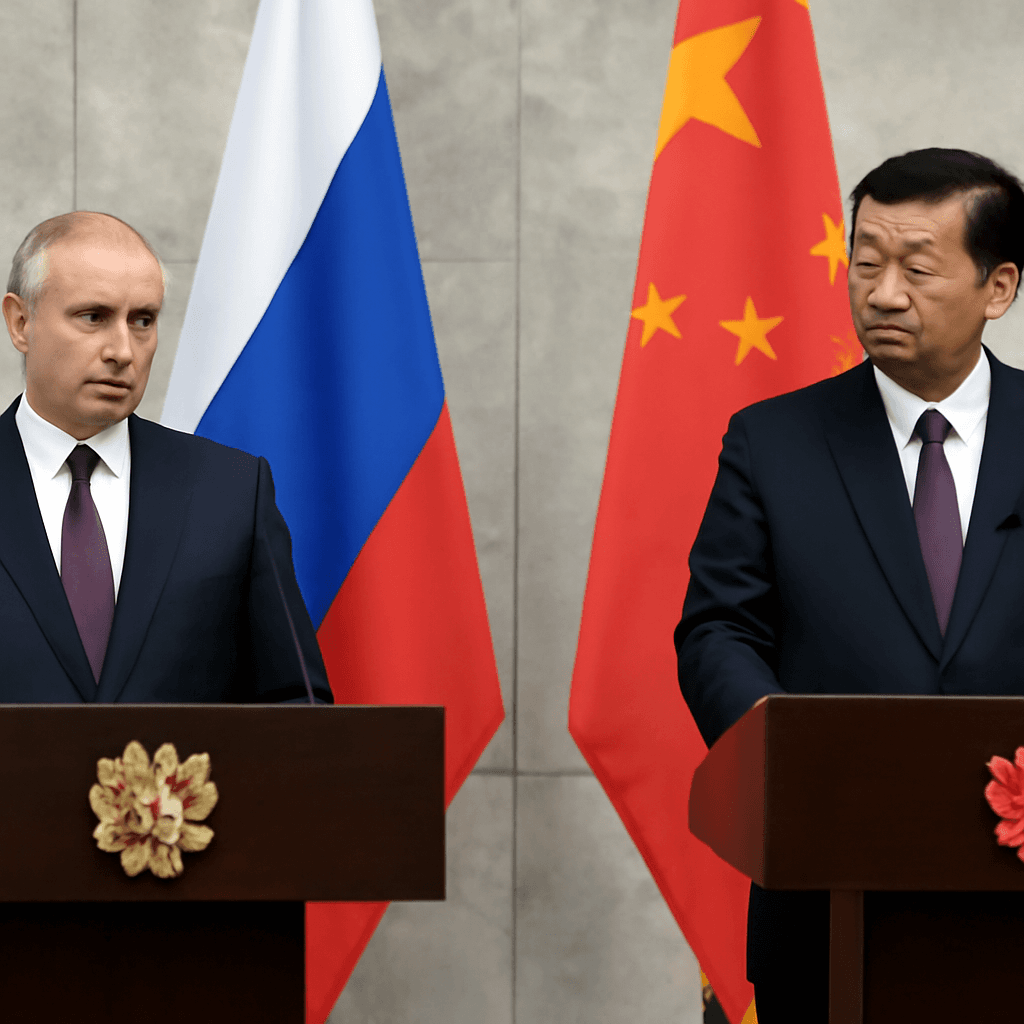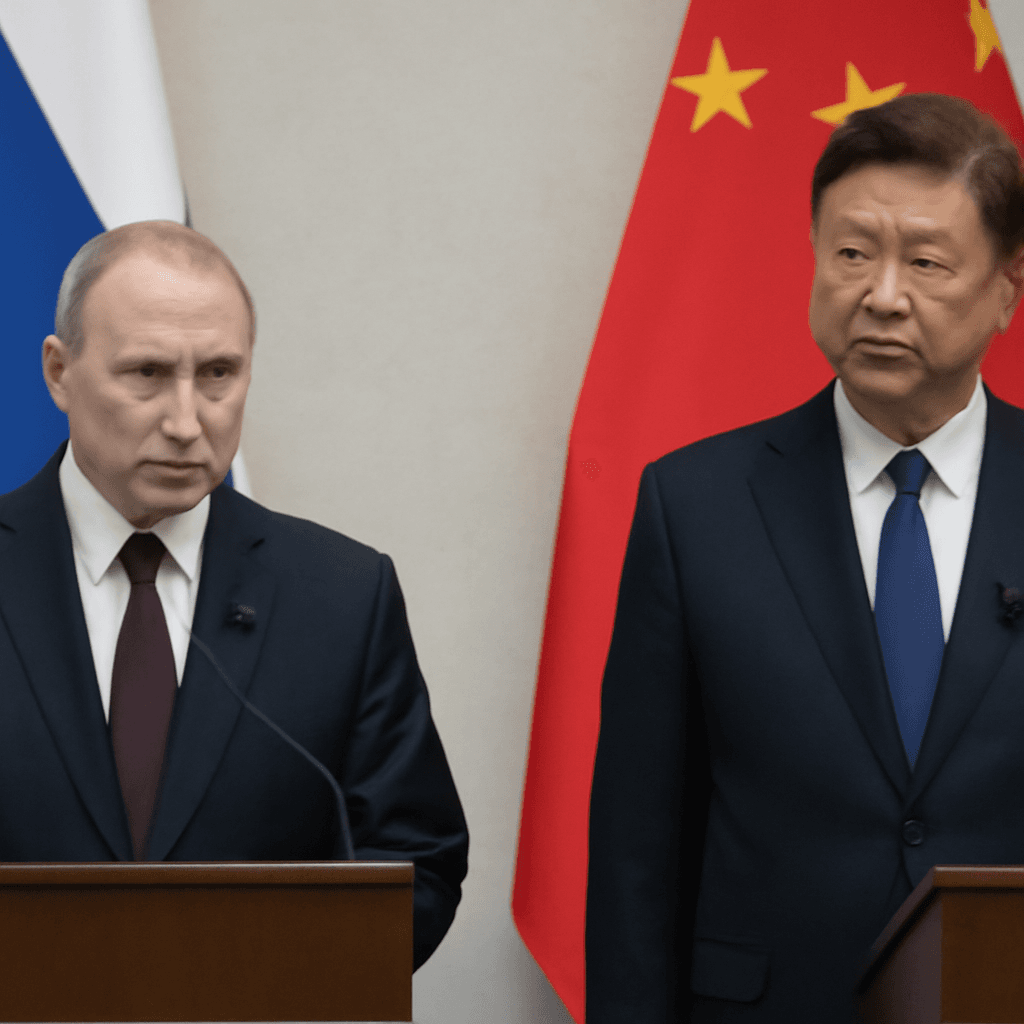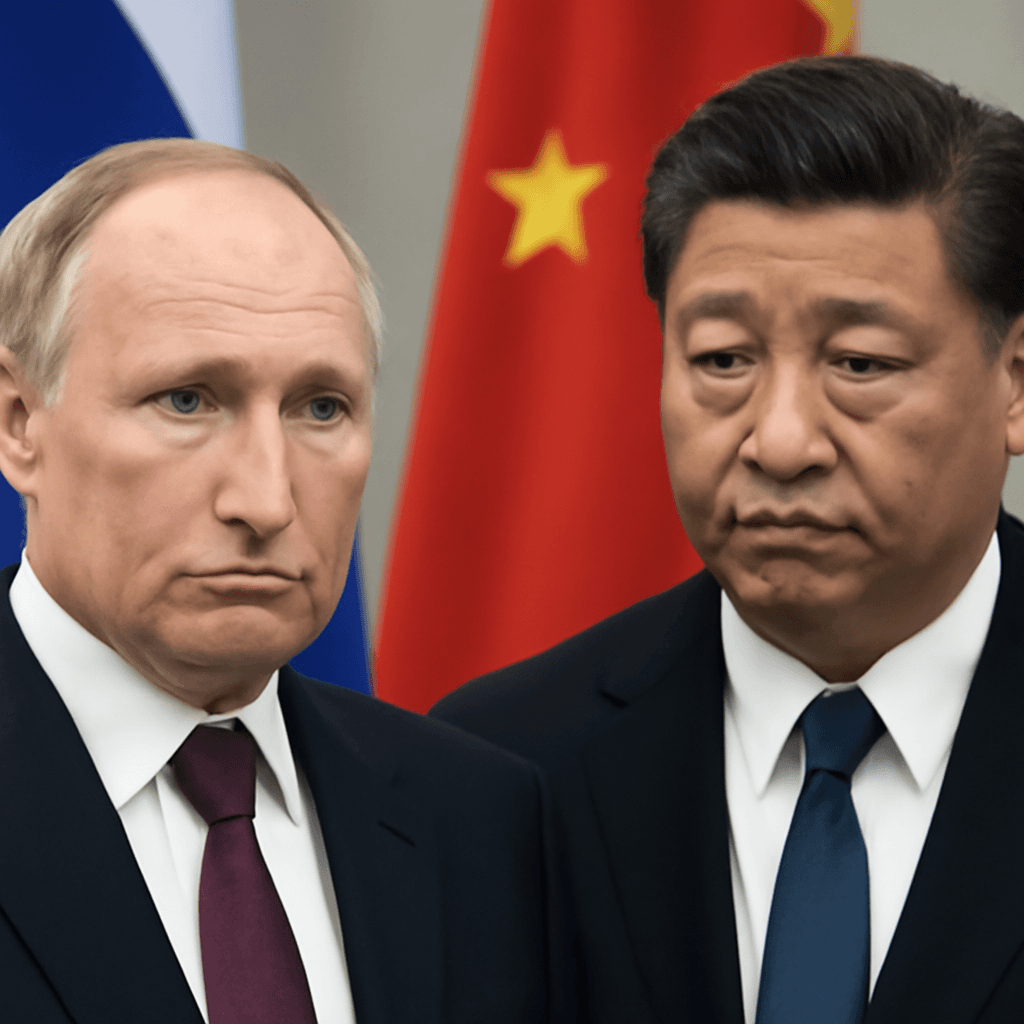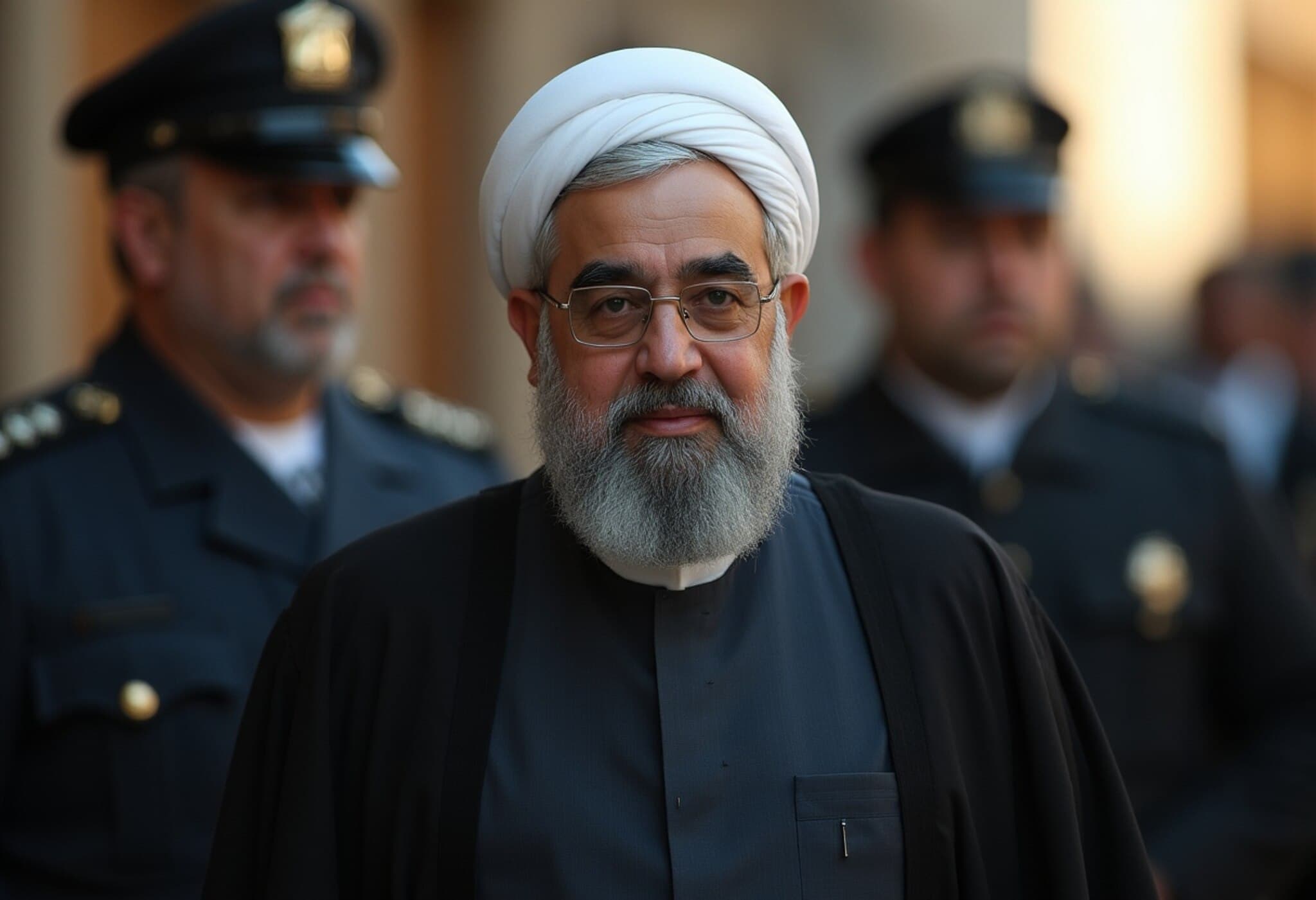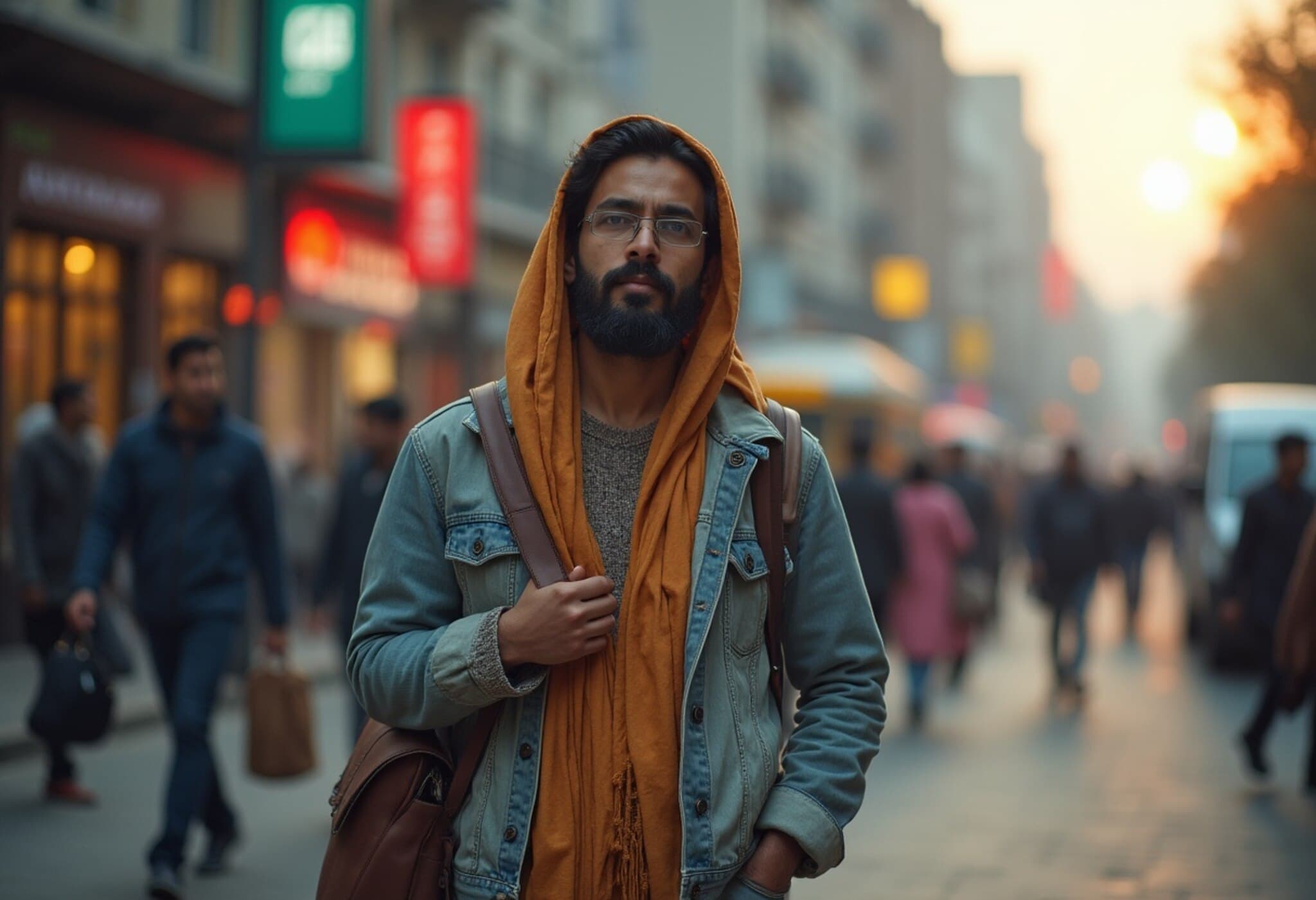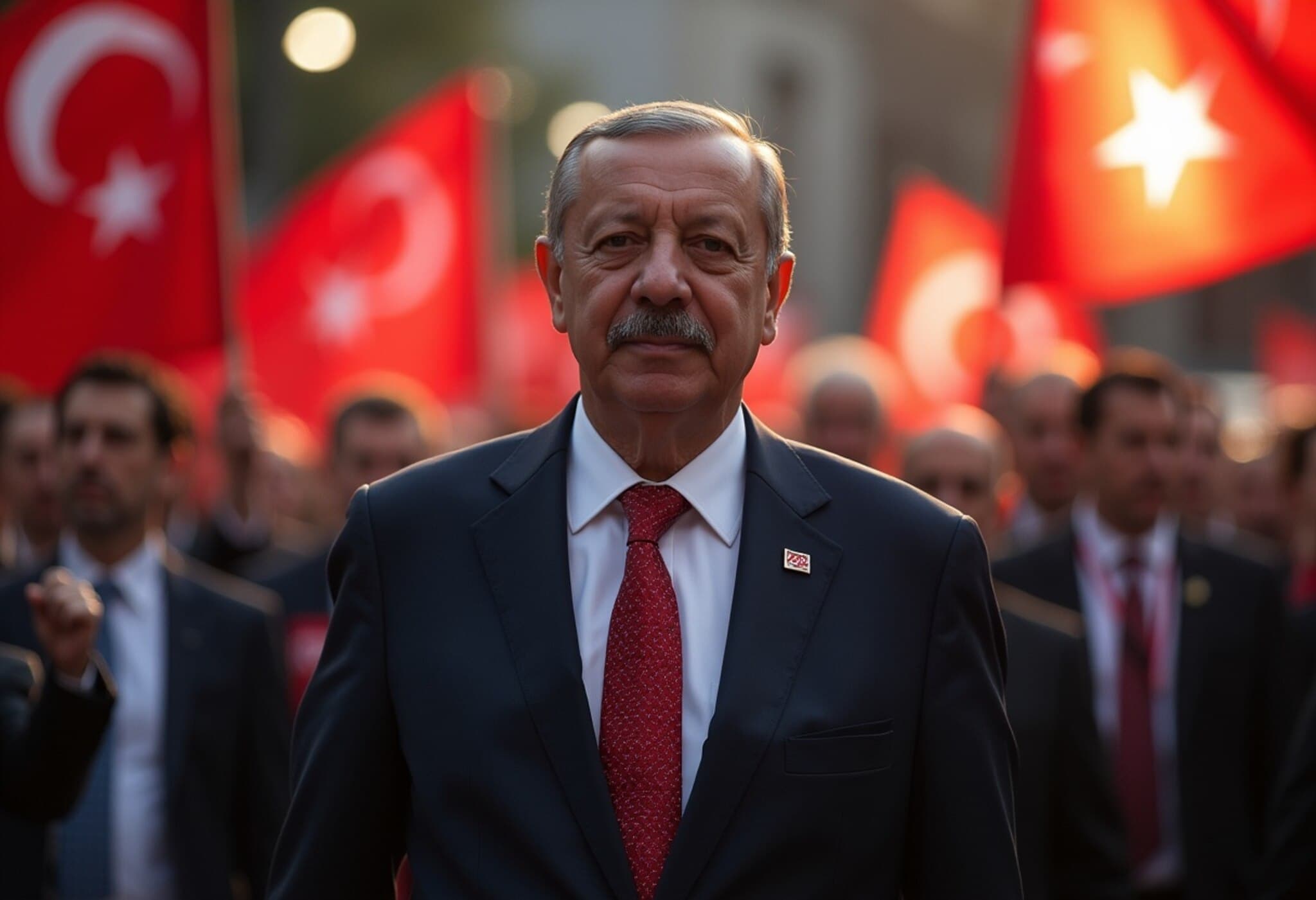Travel Vlogger Jyoti Malhotra’s Kerala Tour Under Government Spotlight After Spy Allegations
Jyoti Malhotra, a 33-year-old travel influencer from Haryana known for her popular YouTube channel Travel with Jo, has recently found herself at the center of a serious espionage investigation. Arrested on charges of spying for Pakistan, an official Right to Information (RTI) response has revealed that Malhotra was previously invited and hosted by the Kerala Tourism Department to promote tourism in the southern Indian state.
Kerala Tourism’s Influencer Campaign and the RTI Revelation
Between 2024 and 2025, the Kerala government implemented a digital tourism campaign aimed at leveraging social media influencers to showcase the state’s vibrant culture and scenic locations to a global audience. Malhotra was among several influencers whose travel expenses, accommodations, and itineraries were fully funded under this initiative.
The RTI disclosure details Malhotra’s sanctioned visits to prominent Kerala destinations, including Kannur, Kozhikode, Kochi, Alappuzha, and Munnar. During her trip, she created videos that highlighted Kerala’s rich cultural heritage—one viral clip features her adorned in a traditional Kerala sari while attending a Theyyam ritual, a distinctive folk art form of the region.
Espionage Allegations Prompt Security and Policy Reexamination
While initially celebrated for her digital outreach impact, Malhotra’s recent arrest on accusations of being involved in intelligence activities for Pakistan cast a long shadow over the partnership. According to Indian intelligence agencies, she is alleged to have made multiple trips to Pakistan and forged connections with several individuals linked to the Pakistan High Commission in India.
Her case is part of a broader crackdown by central security agencies targeting a sophisticated espionage network allegedly operating through digital platforms and influencer communities. Authorities have arrested a total of 12 suspects across Indian states including Punjab, Haryana, and Uttar Pradesh.
The unfolding investigation has heightened concerns regarding the adequacy of security vetting for individuals collaborating with government-funded campaigns, especially those with significant digital influence. Malhotra’s YouTube channel, which hosts nearly 500 videos documenting travels across India, Pakistan, Bangladesh, and Southeast Asia, is now under scrutiny for potentially camouflaging intelligence-gathering activities within seemingly innocuous travel content.
Broader Implications for Digital Influence and National Security
This episode highlights the delicate balancing act governments must perform between embracing the power of digital influencers for tourism promotion and safeguarding national security interests. It also serves as a cautionary tale about the potential vulnerabilities introduced by insufficient background checks in an era when digital content creators wield significant sway over public perception and cross-border narratives.
Experts emphasize the need for more robust protocols governing collaborations with influencers, especially those with international travel patterns, to prevent exploitation by hostile foreign intelligence entities. This case invites scrutiny into how other states manage such partnerships and calls for harmonized policy frameworks to secure tourism promotion without compromising security.
What’s Next?
- Investigations into Malhotra’s digital footprint and network connections are ongoing.
- Kerala Tourism Department is reviewing its influencer engagement policies to strengthen vetting procedures.
- Central agencies continue to dismantle suspected espionage cells operating through digital means.
- Public discourse is increasingly focused on the intersection of digital media, soft power, and national security in India’s evolving landscape.
Editor's Note
This developing case illustrates the urgent need to balance innovation with vigilance in government collaborations with digital content creators. While influencers have reshaped tourism marketing with authenticity and reach, their unchecked access and international mobility may pose unanticipated security risks. Readers and policymakers alike must consider how to foster digital creativity and global engagement responsibly, ensuring that promotional platforms do not become avenues for espionage or misinformation. How can India—and global democracies more broadly—formulate adaptive strategies to protect their interests without stifling the dynamism of digital outreach? This remains a vital question prompting ongoing dialogue.








